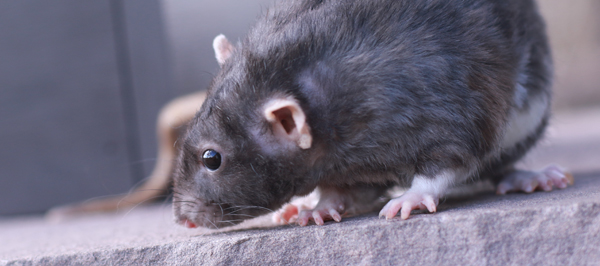- info@wildlifeanimalcontrol.com
Call us for help in your town
Wildlife Control Education
What is a rodent’s mating habits?
There are hormonal factors as well as neural circuitry factors that usually have to do with the copulation in rodent species and these are very similar. However, there are some differences and some very specific patterns between different species. The estradiol (E) and dihydrotestosterone (DHT) can contribute to the mating activation. E is important for proper copulation and DHT contributes to the genital reflexes.

The hormonal activation within the medial preoptic area or MPOA is quite effective. Medial amygdala, implants can be use for stimulation and mounting even in the castrates. The chemosensory inputs gotten from the accessory and main olfactory systems are very important in rodent mating. Sexual behavior is facilitated by the dopamine agonists while serotonin is an inhibitory factor. There are the 5HT receptors that can facilitate erection and ultimately ejaculation.
The behaviors seen in rodents will vary from ne species to the next and research hasn’t been focused on too many of the rodents. In rodents, the sexual behavior is very interactive. The male and the female contribute to mating.
Usually, the mating is initiated by the males. This is done by first investigating the face of the females and the anogenital area. The partners will emit arousing ultrasonic vocalizations that are around 50 kHz. Mating can be done in different intervals and can occur several times at a time. The males can ejaculate around 7-8 times and then they reach satiety. After this, the males will not copulate for a day or up to 3 days. Experienced males have a greater efficiency when it comes to copulation.
In most cases, the rodents breed very easily. They reach their sexual maturity early at around 5 weeks. There isn’t a breeding season for most rodents but when the temperatures are very hot or very cold, and then the breeding will be reduced. The female will come to heat around 4 to 5 days in a year except when they are pregnant. Every female has their own calendar of heat although heat may last for a whole night. When females get pregnant, they will go to find a safe location to deliver the babies and then to care for them until they can care for themselves.
At 18 months, the female will approach menopause and the cycle gets more irregular before stopping completely. The litter sizes decrease as the fertility wanes. The female can still get pregnant even though the pregnancy may not develop in a normal way.
Go back to the How to get rid of wildlife home page.
Need animal removal in your hometown? We service over 500 USA locations! Click here to hire us in your town and check prices - updated for year 2020.

















